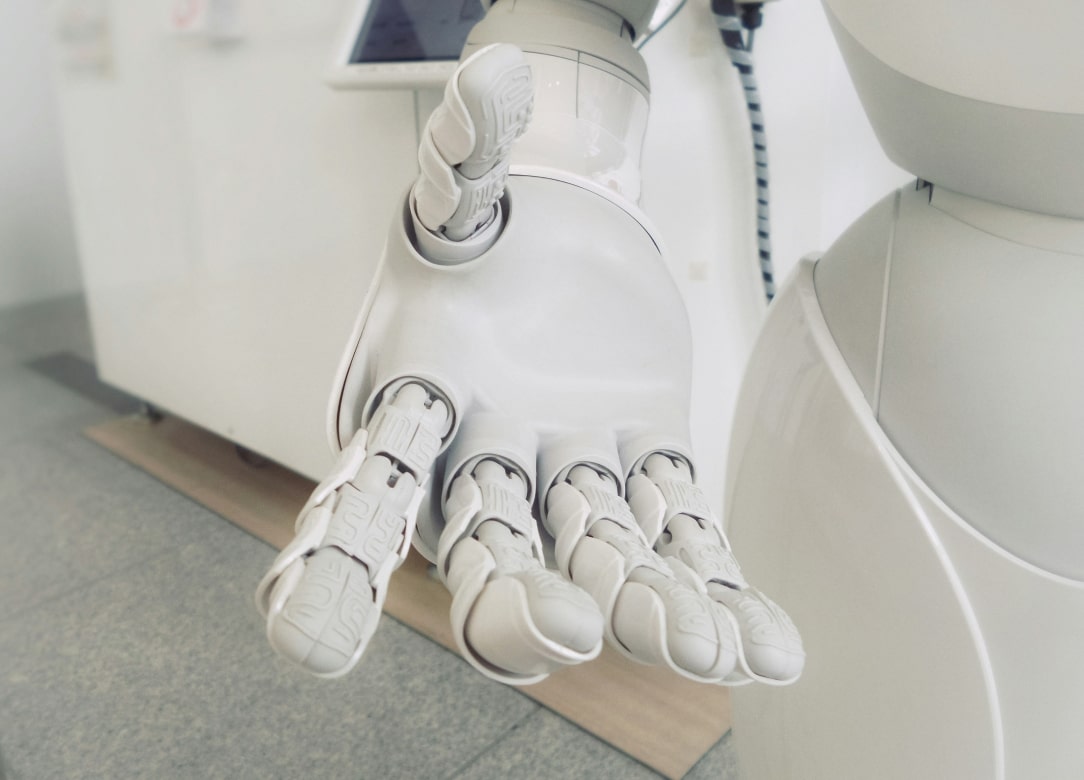Amazon is taking a bold step into the future of logistics by testing humanoid robots for package delivery.
Image Source: www.unsplash.com
According to reports from The Information and other sources, the retail giant is actively developing AI software to power robots capable of performing delivery tasks, potentially revolutionizing the last-mile delivery process.
Testing in a “humanoid park”
The company has nearly completed the construction of an indoor obstacle course — dubbed a “humanoid park” — at one of its offices in San Francisco. Roughly the size of a coffee shop, the facility includes a Rivian electric van and is designed to simulate delivery scenarios. These robots, once trained, are expected to ride in the back of Amazon’s Rivian vans and “spring out” to deliver packages to customer doorsteps.
From warehouse to doorstep
While Amazon already employs various autonomous robots in its warehouses, the deployment of humanoid robots for package delivery marks a shift toward outdoor, real-world logistics. The initiative builds upon earlier trials with Agility Robotics’ “Digit,” a humanoid robot used in warehouse settings. Amazon now plans to test a range of humanoid models for delivery, including a $16,000 robot from China-based Unitree.
AI at the core
Central to this development is Amazon’s new “agentic AI” team, tasked with creating software that allows robots to respond to natural language commands. The goal is to move beyond rigid, task-specific machines and toward versatile assistants that can operate across different environments, including dynamic residential areas.
Real-world deployment on the horizon
With over 20,000 Rivian vans already part of its delivery fleet in the U.S., Amazon is well-positioned to integrate these robots into its existing infrastructure. After initial training in the indoor facility, the robots will go on “field trips” for real-world testing — potentially allowing one robot to deliver a package while a human driver handles another address, optimizing efficiency.
Challenges ahead
Despite the promise, experts caution that the biggest challenge lies in deploying robots reliably outside controlled environments. According to Prof. Subramanian Ramamoorthy from the University of Edinburgh, consistent performance will depend heavily on the complexity of the delivery surroundings. Clear driveways and standardized door layouts could ease the transition, but factors like pets, children, and unpredictable obstacles will test the limits of current technology.
A broader push for automation
Amazon’s ambitions extend beyond humanoid robots. The company’s 2020 acquisition of robotaxi firm Zoox and its drone testing program in the UK highlight a broader push toward full automation in logistics. The integration of humanoid robots for package delivery is just the latest step in this vision.
***




